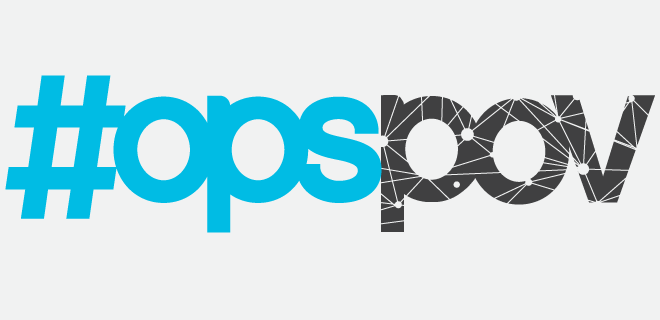
It was a coincidence that just as I asked Claudia Page some questions about how publishers can reduce their reliance on the Duopoly, current events kick-started a new wave of conversations about what role Facebook should play in content distribution strategy today. But the news, as it’s developed, has brought some extra questions into the light. Claudia, Dailymotion’s VP of Product and Partner Development, has gamely kept up our discussion and weighed in as news continued to break.
In the first two installments of this interview, Claudia already has told us about how publishers don’t necessarily need Facebook for survival, but it’s extremely helpful to have some kind of distribution channel driving traffic to their O&Os. And she’s explained that with Facebook, normally such an eager-to-experiment company, focusing anew on their core competencies, pubs would be well-served to investigate other drivers of traffic.
You can catch up on Part One and Part Two of the discussion. In this third and final installment, she digs into the reality that publishers are so reliant on these outside traffic sources, which is not likely to change anytime soon.
Side entry became the norm for a lot of publishers, but are home pages about to matter again? Will we see a return to crazy homepage takeovers, or do you think the industry has outgrown that?—That is, are there better ways to look after user experience?
 CLAUDIA PAGE: Given how fragmented media consumption habits have become, I don’t think most publishers will ever return to a place in which the lion’s share of their traffic is coming via the homepage. Side-door strategies and niche channelization are the most dependable pathways for audience development—but, as I mentioned, that does not diminish the need for publishers to identify partners that enable them to own their audiences, both on-site and off.
CLAUDIA PAGE: Given how fragmented media consumption habits have become, I don’t think most publishers will ever return to a place in which the lion’s share of their traffic is coming via the homepage. Side-door strategies and niche channelization are the most dependable pathways for audience development—but, as I mentioned, that does not diminish the need for publishers to identify partners that enable them to own their audiences, both on-site and off.
One thing to keep in mind is that social distribution strategies have forced publishers to create content within parameters that might not be best suited for their editorial voice and their brand. I don’t think it’s a good thing for publishers to have to constantly strive to retrofit their storytelling to align with the confines set by other platforms.
That’s where this idea of audience ownership becomes critical: If publishers must alter their content to fit a specific distribution channel, then how much control can they really have over their audience? This insight has been key to the development of Dailymotion’s HTML5 video player, which allows our content partners to host and stream on their owned properties—and also exposes their content to larger audiences via the Dailymotion platform, which helps consumers discover trusted premium content from thousands of leading global publishers.
What are your thoughts on Facebook’s outreach to publishers regarding its Facebook Daily Watch? It seems BuzzFeed and Bloomberg are already doing similar projects with Twitter where they have a lot more control over monetization.
Facebook has been articulating its focus for the near term: to help create a destination for community-building and meaningful conversations. As such, their video strategy falls under the umbrella of this vision. With Daily Watch, and Watch overall, Facebook wants to create video experiences that support community building and drive conversations around content. This is very different than what SVOD companies like Netflix and Hulu are setting out to do, and also different than YouTube, which focuses on aggregating a neverending library of viral and everyday video content.
The challenge Facebook faces goes back to the unit-of-content concept. If Facebook users are trained and engrained for status updates, it’s going to be an uphill battle to create entirely new user behaviors around video consumption—especially if these behaviors are taking place within a dedicated tab outside of the News Feed. Monetization opportunities follow audience behavior, so Facebook likely has less flexibility to offer publishers than Twitter in that regard.
I think flexible monetization will be a huge theme for publishers in the coming months and years. Publishers have seen their audiences fragment across various platforms, and they have been operating at the mercy of these platforms for years. The larger players like Facebook and Google will always have the benefit of reach, but I think we’re beginning to see publishers push back and diversify their distribution and growth strategies in places like Apple News, for example.
This is the third article in a three-part series. Read the first installment here and the second installment here.